
Hardwood floors and intricate tilework, foam insulation and high-performance windows, high-end appliances paired with the priciest kitchen cabinets — when you’re buying a new construction home, the options for upgrades and add-ons are endless. As you design the home of your dreams, you’d like to include as many of your choices and customizations as possible — without breaking the bank.
So when it comes to choosing upgrades, you want to ensure that they are worth every penny, from adding value to your property to reducing utility bills and home repairs in the long run. You also want your upgrades to appeal to future homeowners and increase your home equity. Plus, certain upgrades are much easier to install while the home is being built rather than later, when an expensive renovation may be needed.
To narrow down the home upgrades that can give you the highest return on investment (ROI), NewHomeSource pooled recent data from housing economists, home builders, and real estate professionals. Here’s an in-depth look at the eight new-home upgrades with the best payoff.
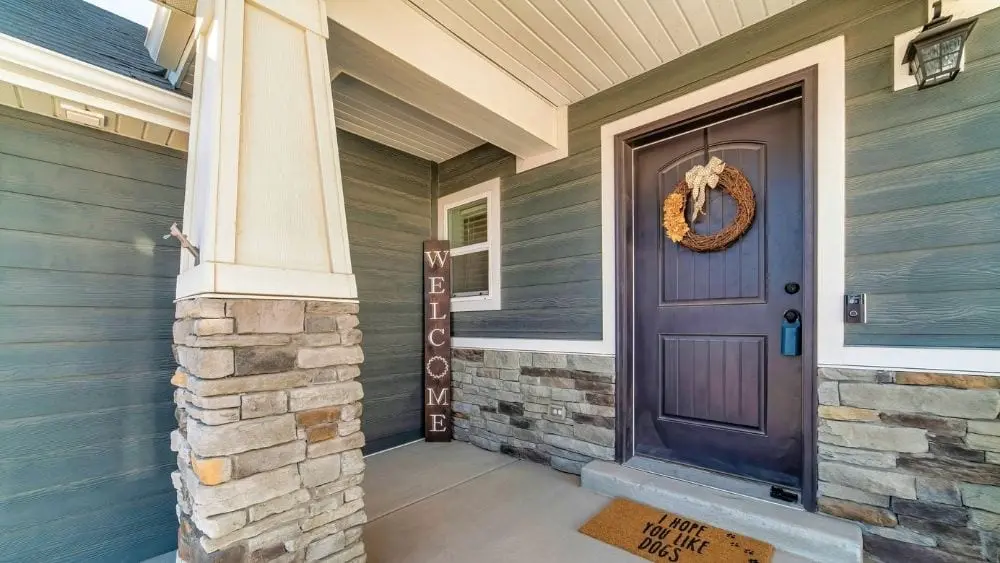
Opt for Manufactured Stone Veneer
Adding manufactured stone veneer to your home’s exterior is one of the best ways to upgrade your property, according to Remodeling.com’s “2021 Cost vs. Value Report,” which evaluates which home improvement projects add the best value each year.
In the report’s example, homebuyers upgraded from vinyl siding to manufactured stone veneer around the bottom third of the home’s street-facing façade. The stone veneer could also be added to the front archway if there is one. This upgrade polishes the entire look of the home. It is also cost-effective to install compared to natural stone, and it’s sturdy and low maintenance. Remodeling.com estimates this upgrade has an ROI of 92 percent.
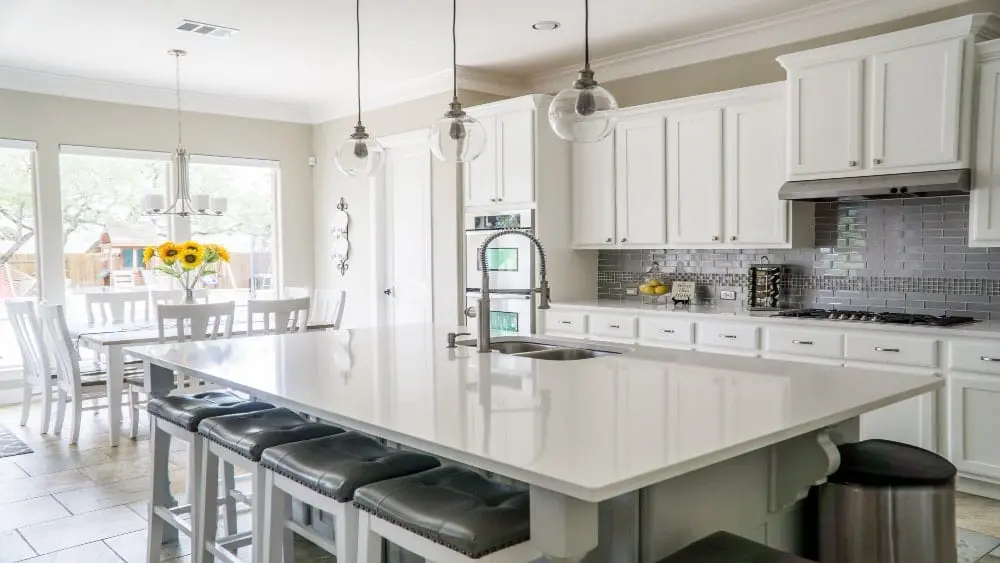
Pick Minor Kitchen Upgrades
The kitchen is often the focal point for households, but homebuyers don’t need to splurge on a full-blown kitchen upgrade. Turns out, small upgrades yield a better ROI, according to recent data.
Take the bare-bones kitchen on offer from your builder and elevate the space with upgraded cabinet and drawer fronts and hardware. Replace laminate countertops for marble, granite or quartz, and don’t forget to opt for energy-efficient appliances from your dishwasher to your refrigerator.
The top five most-wanted kitchen features include a side-by-side double sink, a walk-in pantry, table space for eating, a central island and drinking water filtration, according to the National Association of Home Builders’ March 2021 report “What Homebuyers Really Want.”
If these add-ons are on your new home wish list, they’ll be great for resale value, too.
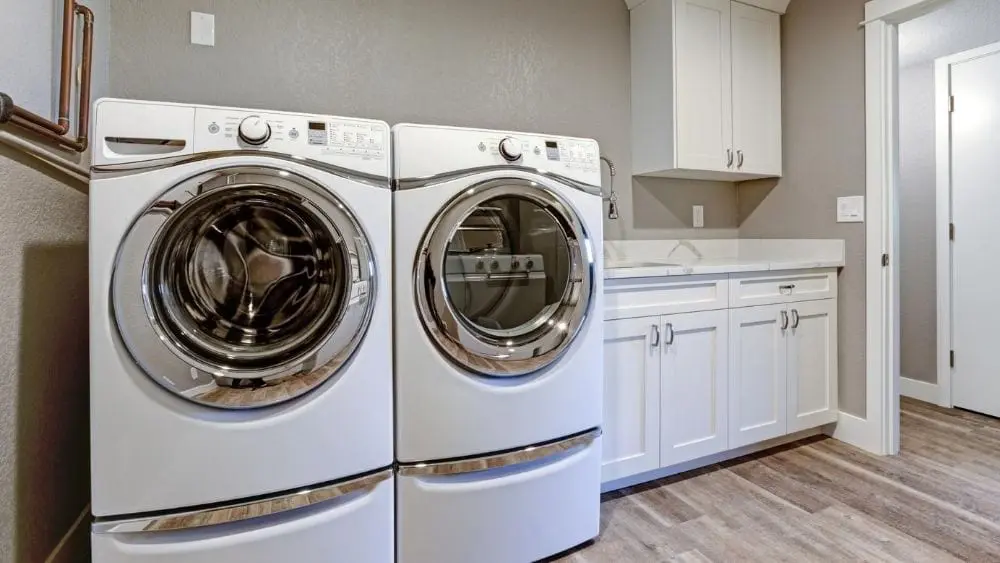
Look for Energy Savers
When it comes to most coveted features homebuyers want, three green-friendly picks topped the NAHB’s 2021 list: Energy Star-rated windows, kitchen appliances, and lighting. Not only will these upgrades help with the resale appeal of your new home, but you’ll easily recoup the costs via lower utility bills.
Energy Star appliances use anywhere from 10 percent to 50 percent less energy per year compared to their non-energy-efficient counterparts. An old dryer, for example, uses as much energy per year as new Energy Star refrigerators, washing machines, and dishwashers combined! The NAHB found that 57 percent of homebuyers in 2020 were willing to pay $5,000 or more on top of the price of a home in order to save $1,000 per year in utilities.
It’s also been highlighted that windows as an upgrade are worth the investment. According to the UK Center for Sustainable Energy, 25 percent of heating and cooling in the home is lost through windows and doors. In the Remodeling.com example, standard double-hung windows were replaced with insulated glass, low-E glazing, and simulated divided-light vinyl.
One energy upgrade you can easily do on your own: Swap incandescent light bulbs to LEDs (light emitting diodes) or CFLs (compact fluorescent lamps). According to government estimates, this can increase your home’s lighting efficiency by about 85 percent.
In 2017, Remodeling.com’s top pick for home upgrades was attic insulation — in particular, adding an air seal and fiberglass insulation to the attic floor and walls to stop air leakage. The National Association of Realtors (PDF) suggests this upgrade has an ROI of 83 percent. Insulation is not as appealing as adding a pool to the backyard but it’s a practical choice to keep your home at the optimal temperature all year round.
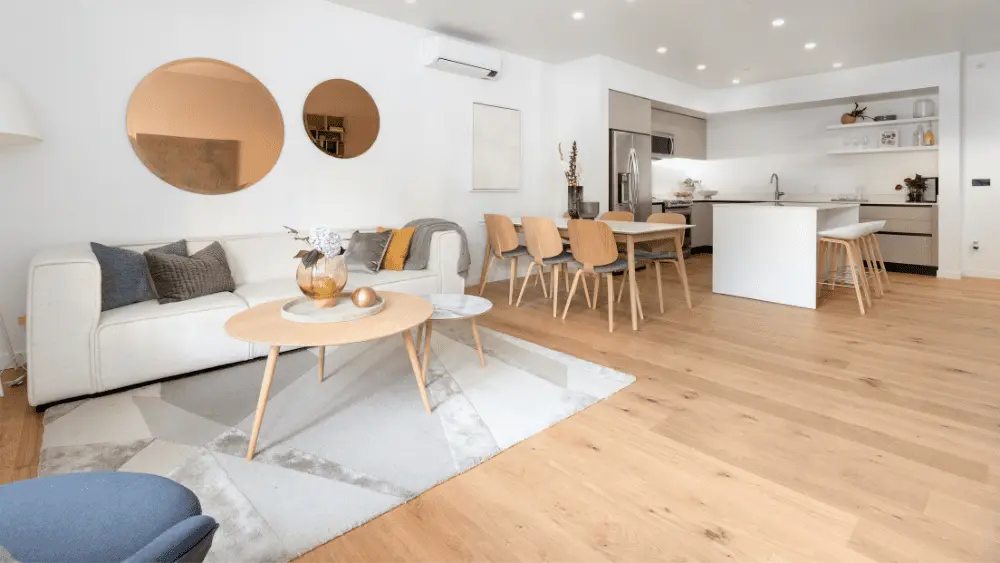
Choose Open Concept
If you’re a fan of an open concept layout, you’re in luck: 85 percent of homebuyers prefer an open arrangement between the kitchen and dining room, followed by 79 percent who want the kitchen opening into the family room, according to the NAHB report.
Open concept floor plans allow for more natural light in the home, flexibility for setting up furniture and easier traffic flow, whether you’re hosting guests, watching the kids or multitasking between cooking and watching TV.
Open concept homes also appreciate in value by 7.4 percent, so they’re worth the extra splurge. Not all new construction homes have the option for an open concept layout, so check with your builder if this is a make-or-break upgrade for you.
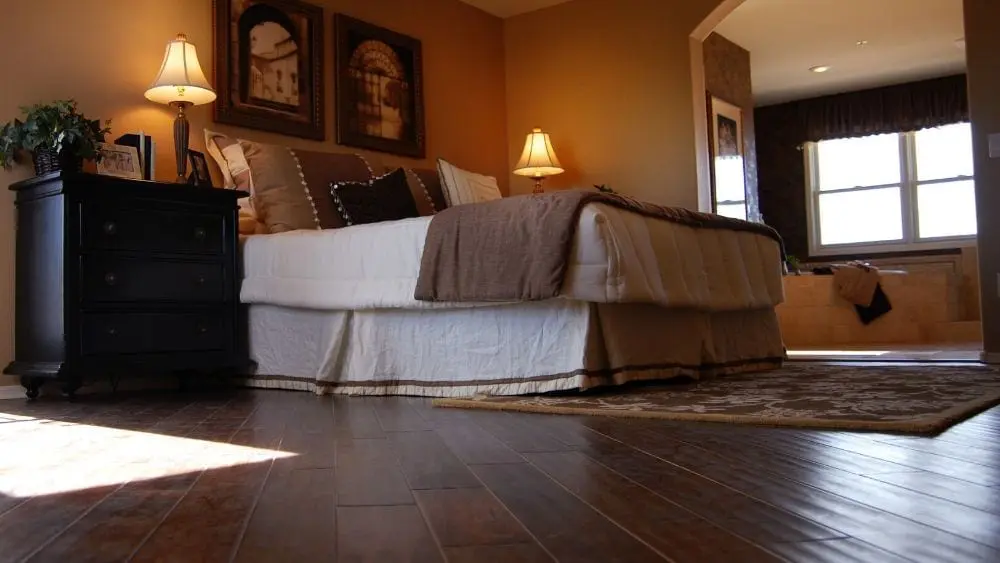
Splurge on Hardwood Flooring
If carpet is standard throughout your new construction home, consider upgrading to hardwood floors. The NAR estimates that the cost recovery for this upgrade is 106 percent. It makes sense: 81 percent of homebuyers said hardwood floors were either a must-have or desirable for their dream home wish list based on NAHB estimates.
Hardwood floors are sleek and easier to clean compared to carpet, and they come in a variety of options, from traditional pine or maple to unconventional choices like bamboo or birch. Installing this upgrade while the house is being built is also much easier than once you’re living in the home and need to move everything out.
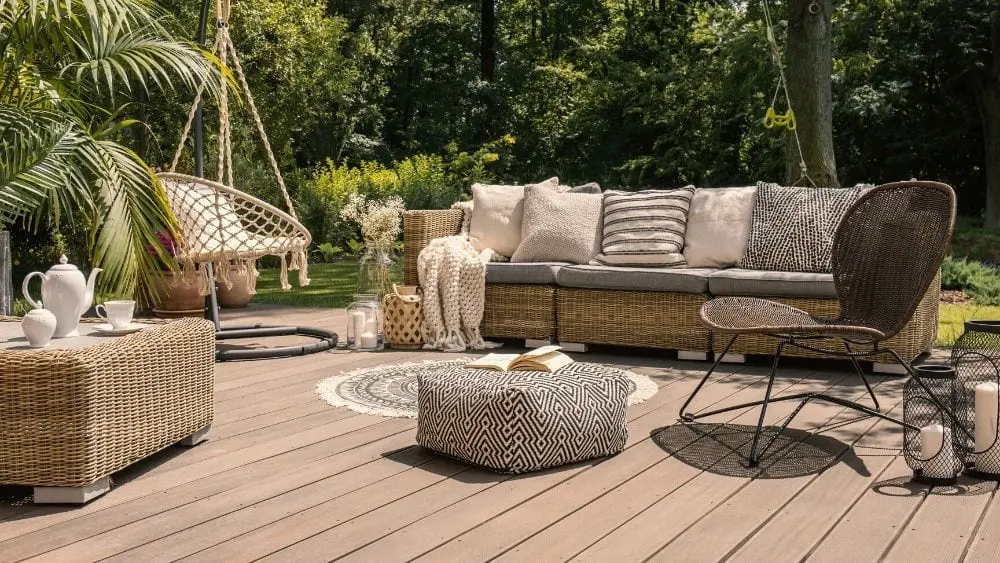
Amp Up the Curb Appeal
If you want your home to make a great first impression, whether you’re hosting a housewarming party or considering how easily your property will sell in the future, prioritize its curb appeal.
Remodeling.com recommends upgrading your standard wooden front door and jambs with a steel or fiberglass front door paired with an aluminum threshold. The NAR says a better door improves functionality and livability by 30 percent and boosts energy efficiency by 42 percent. You’ll know the difference right away: Your home will feel less drafty, and you’ll cut down on outdoor noise. If your front door has a window, make sure the window is double- or triple-glazed too.
The top three most wanted outdoor features, according to the NAHB, include:
In a 2020 report by HomeLight, homebuyers listed a patio, privacy fence, and fire pit as some of the most wanted upgrades they were considering. Adding a patio to the home increased the property’s ROI by 85 percent, for example.
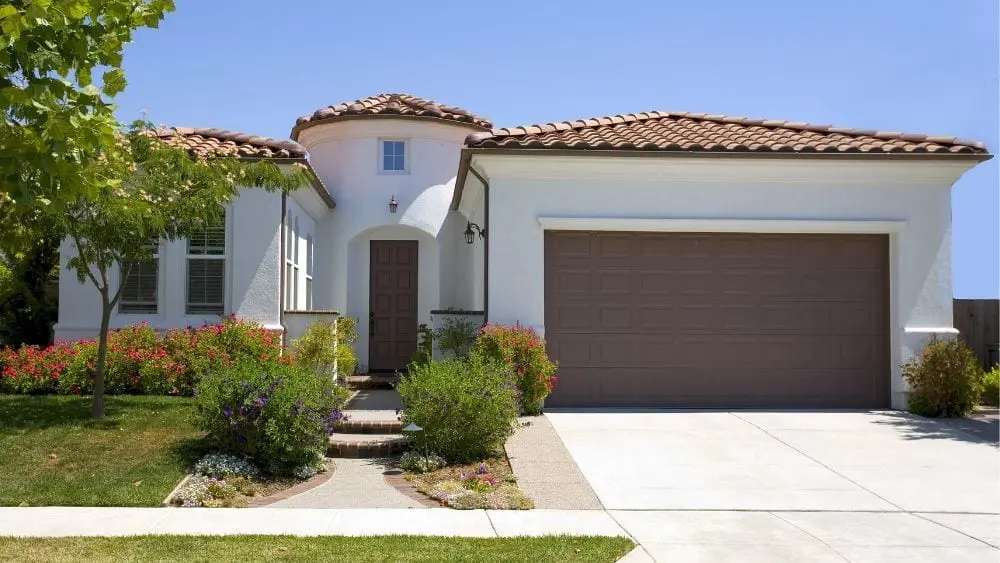
Select a Bigger Garage
Having the space to park your family’s cars and store bikes and other outdoor items is of utmost importance to house hunters: 42 percent of recent and prospective homebuyers in 2021 were zeroing in on homes with a two-door garage compared to just 18 percent looking for a one-door garage, according to NAHB estimates.
Installing a four-section garage door with steel tracks and a motorized door opener also seems to be the top upgrade to make to your home, according to Remodeling.com’s 2021 data, with a ROI of 94 percent.
Make sure your floor plan includes a door connecting the garage to the rest of the house. Many builders include this feature, but it may be offered as an upgrade by others.
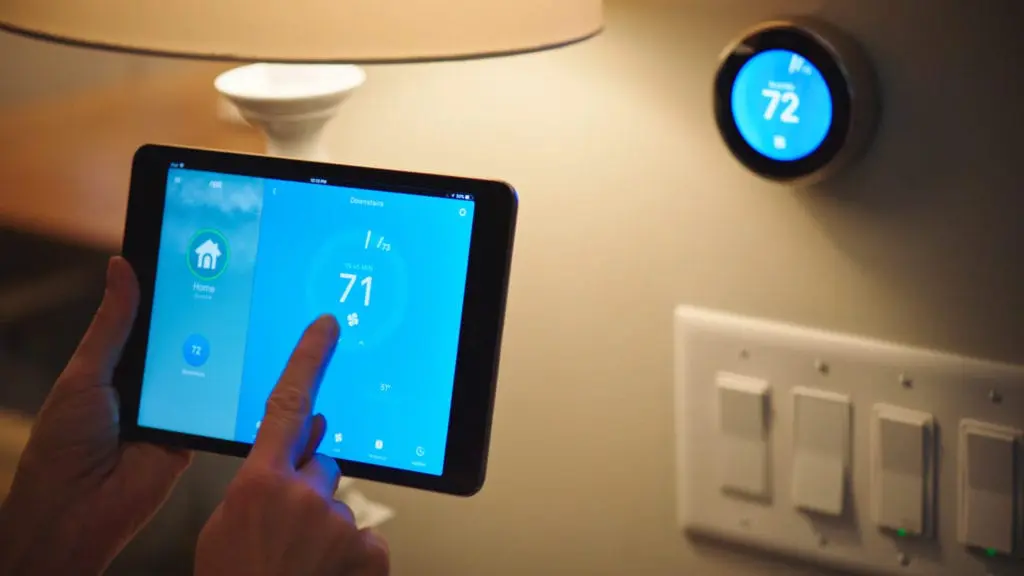
Get Smart
Smart home technology is on the rise in American families’ homes. The Consumer Technology Association estimates that 69 percent of homeowners have at least one smart home device.
If your builder offers smart home technology upgrades, they are worth the investment, as they can save time, reduce stress, keep your family safe and lower energy consumption. According to the NAHB, the five smart home technology features most worth their price tag are a programmable thermostat, security cameras, a video doorbell, a wireless home security system, and a multizone HVAC system.
These features are incredibly useful for busy households, and most are becoming commonplace. Smart thermostats, for example, allow you to “set it and forget it” so you can plug in your preferences for how you’d like to heat and cool your home throughout the day. You can even control the temperature remotely on a smartphone so family members can make adjustments for elderly parents or little ones if needed.

Carmen Chai is an award-winning Canadian journalist who has lived and reported from major cities such as Vancouver, Toronto, London and Paris. For NewHomeSource, Carmen covers a variety of topics, including insurance, mortgages, and more.
 How to Build a House in Colorado
How to Build a House in Colorado